In modern construction, formwork for a bridge is the best solution for the construction of such structures. Formwork allows you to build objects in the shortest possible time. Due to its reusable use, it allows you to save material resources and create supports of various shapes and sizes. This article will discuss the types of formwork for bridges and the reasons for its widespread use.
Formwork types.
Today, three types of formwork for bridges are widely used: large-panel, small-panel (both made of steel) and beam-transom.
Steel formwork from large panels can significantly reduce the construction time of the structure, because it is easy and quick to assemble. Also thanks to it it turns out a high -quality surface, and it has a good maximum load.
You can work with small -quality formwork, for example, where there is not much space and install it in such a way as to get complex supports.
Bee-riegelnaya is cheaper than the first two and has a good maximum load.
Why are widely used?
Today, many construction organizations often use all the above, formwork for bridges. How these formwork attracts? In short, the results of their use. Applying formwork for the construction of bridge structures, for the walls of the company significantly reduced the costs. At the same time, the quality of the constructed objects was not affected, but rather improved. Monolithic structures built using these formwork have good strength and maximum load.See in detail the link wall formwork price .
And so, from all of the above, it can be seen that using these types of formwork for bridges, it is possible to build solid monolithic structures of varying complexity in the shortest possible time and avoid a large number of costs, while even increasing the quality of structures. See also concrete heating transformer kpto 80 .


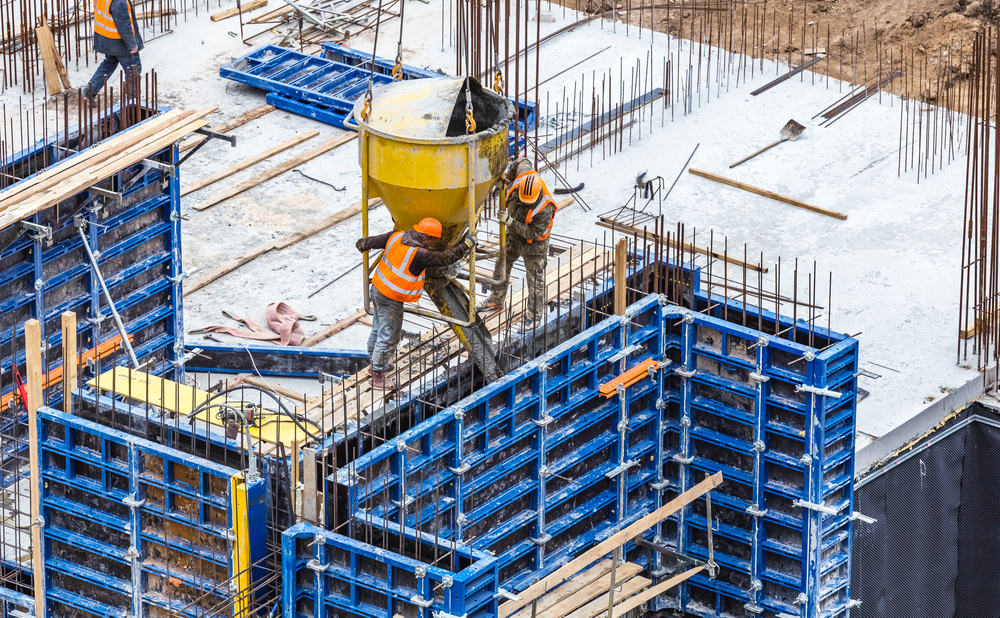
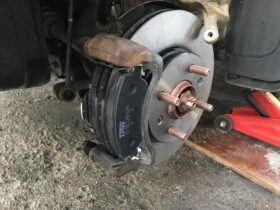
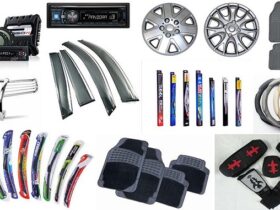

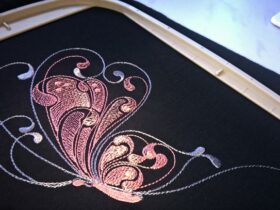


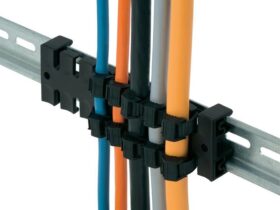
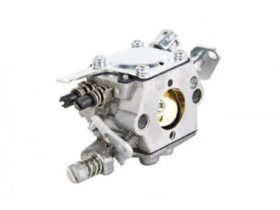



 Bitcoin
Bitcoin  Ethereum
Ethereum  Tether
Tether  Solana
Solana  USDC
USDC  XRP
XRP  Lido Staked Ether
Lido Staked Ether  Dogecoin
Dogecoin  Toncoin
Toncoin
Leave a Reply